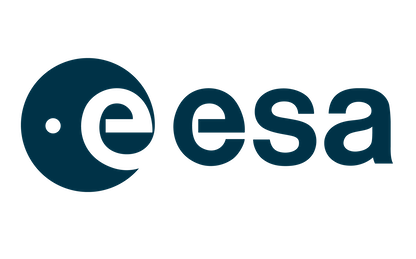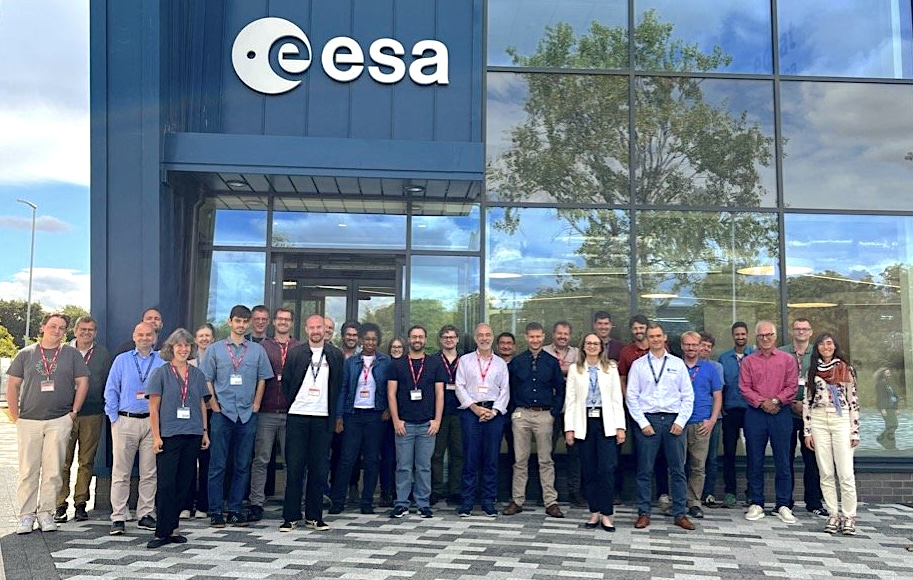Latest news
Importance of uncertainty in satellite fire observations highlighted at ESA workshop
At ESA’s Fire from Space workshop, Bernardo Mota emphasised that assessing and propagating uncertainty in satellite fire data can improve the reliability and confidence in wildfire monitoring. With ESA backing, this approach is helping shape the direction of fire monitoring science.









